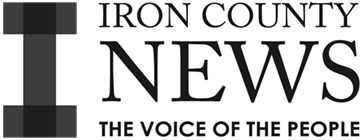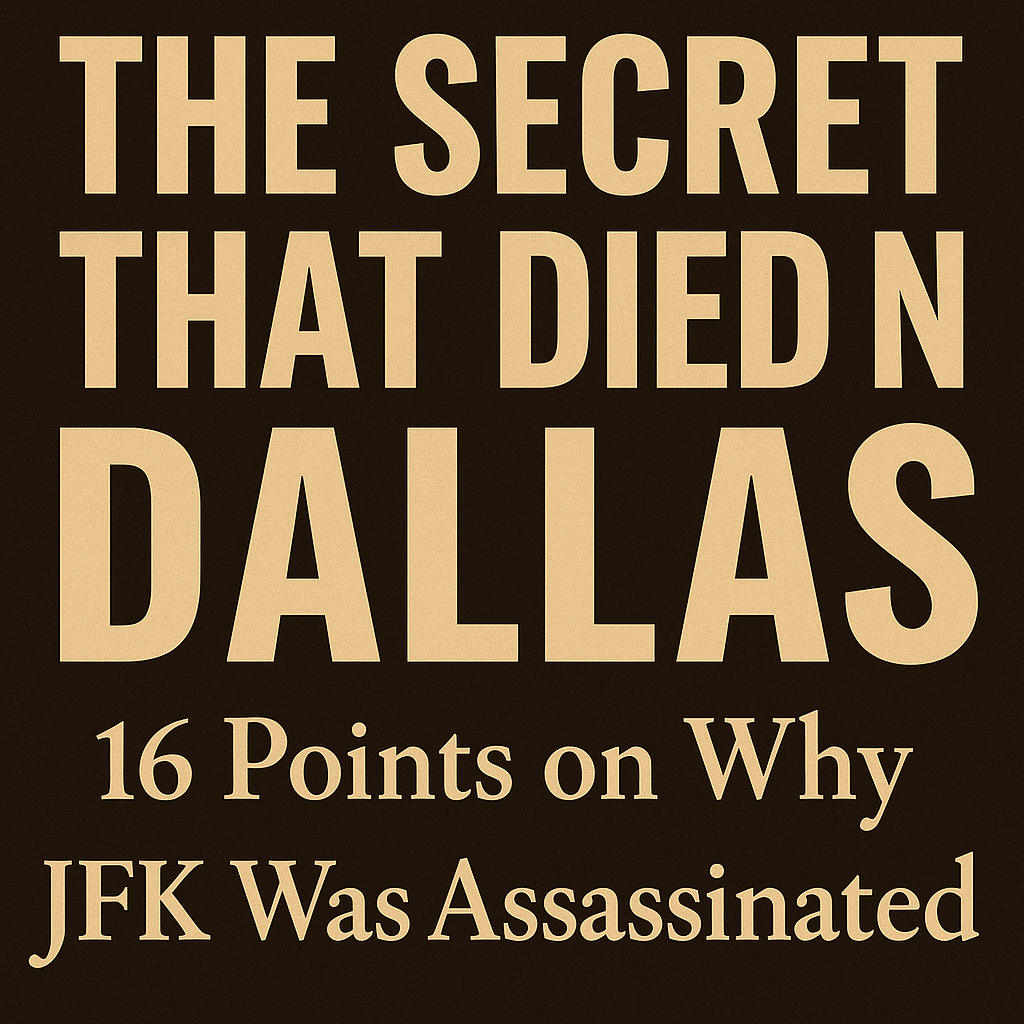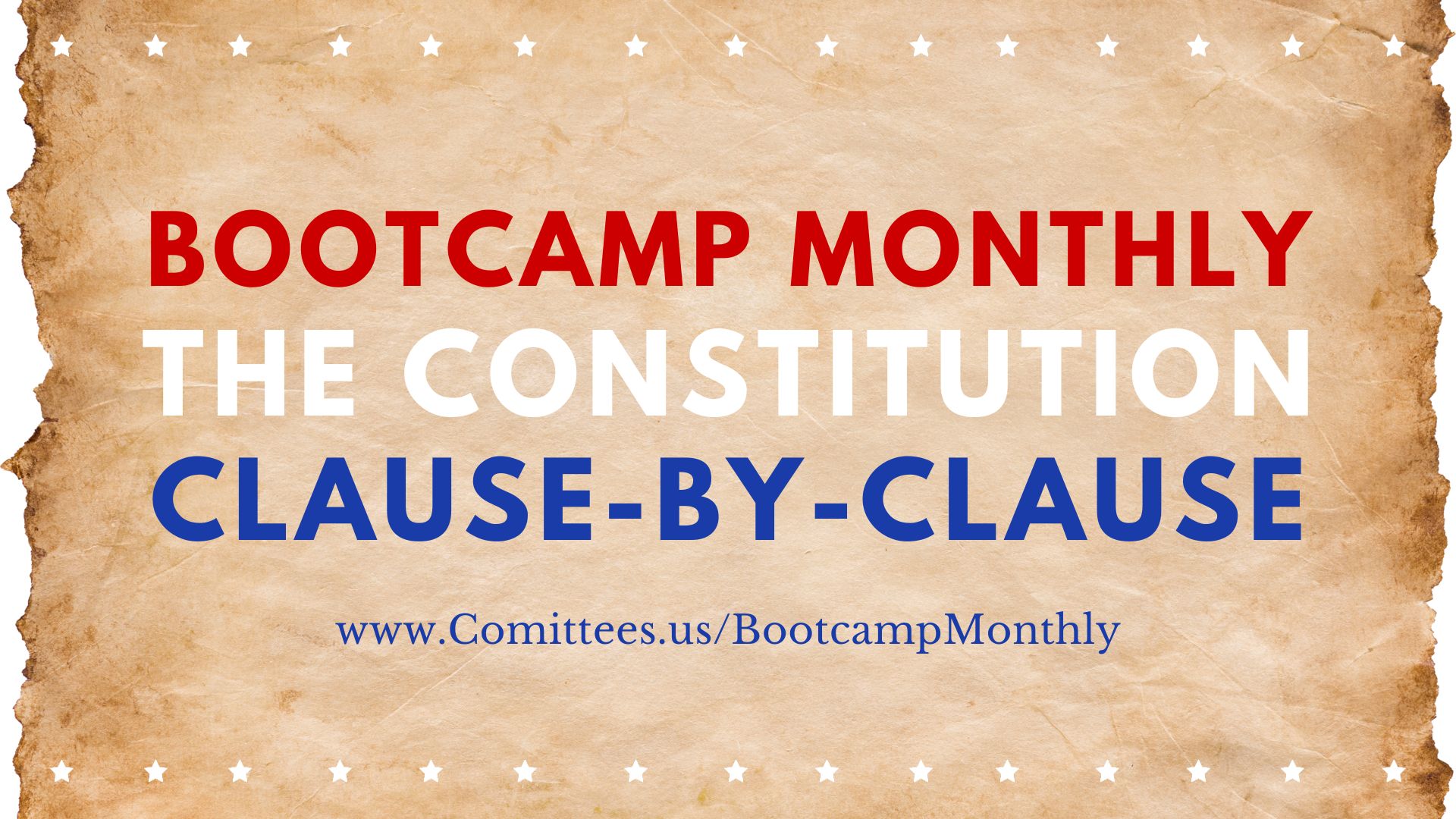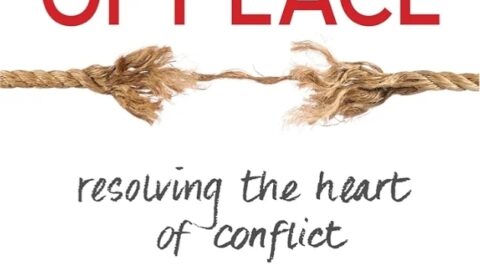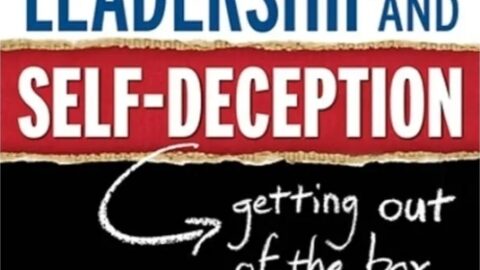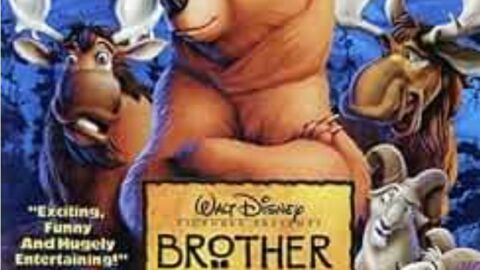Subtitle: The Coup of 1963 and the Empire It Protected
Below is a detailed, point-by-point breakdown of the extended monologue from the 1991 film JFK (dir. Oliver Stone), in which the mysterious character “Mr. X” (based loosely on Pentagon insider Fletcher Prouty) gives Jim Garrison an unofficial classified briefing on the assassination of President John F. Kennedy.
This speech remains one of the most powerful cinematic summaries of the deep state’s inner workings, and connects war, secrecy, finance, and control into a coherent, disturbing picture of America’s shadow governance.
1. The Man Behind the Curtain
A shadowy Pentagon insider—codenamed “Hicks”—tells Jim Garrison he is closer to the truth than he realizes. Hicks refuses to name names, but offers classified insight into how the U.S. government truly functions behind closed doors.
This isn’t conspiracy theory—it’s insider confession.
2. Black Ops: The True Foreign Policy
Hicks reveals he was a logistics officer for America’s covert empire:
- Overthrows in Iran, Guatemala, the Philippines, Indonesia.
- Election interference in France.
- Even worked with ex-Nazis post-WWII.
America’s global dominance is not driven by freedom—but covert force, deception, and strategic violence.
3. The Vietnam Withdrawal Plan
In September 1963, JFK signed NSAM 263 to begin withdrawing U.S. forces from Vietnam.
His plan:
- 1,000 troops home by Christmas
- Full withdrawal by 1965
This meant billions in lost revenue for weapons manufacturers and military contractors.
4. Mysterious Reassignment During the Assassination
Hicks—normally responsible for military security in such visits—was sent to Antarctica during JFK’s Dallas trip.
He suspects this was intentional—to remove him from the chain of command.
5. The Instant Cover Story
Oswald’s biography and Soviet connections were ready in foreign media within hours of JFK’s death—before he was even charged.
This indicates a pre-written narrative, not an authentic investigation.
6. The Military Stand-Down Order
The 112th Military Intelligence Group was ordered not to provide security in Dallas—a violation of standard procedure.
No rooftop guards.
No troop coordination.
No Secret Service reinforcement.
Only a coordinated internal power could override protection like this.
7. The Myth of Oswald
Oswald’s files were destroyed.
He had prior intelligence ties.
Other Oswald “doubles” were seen around Dallas before the assassination—laying a false trail.
8. Kennedy’s Real Crime: Challenging the War State
Kennedy:
- Fired CIA director Allen Dulles (who later helped cover up the crime through the Warren Commission).
- Sought peace with the USSR.
- Refused to invade Cuba.
- Wanted to dismantle the CIA and end the Cold War.
He wasn’t just a president. He was a threat to the entire permanent war economy.
9. The Defense Industry’s Revenge
JFK was slashing military budgets, closing bases, canceling weapons contracts.
Bell Helicopter, nearly bankrupt, was saved by CIA defense deals in Vietnam.
No war = no profit.
10. Operation Mongoose: War Brought Home
Black ops agents, originally deployed against Castro in Cuba, were re-routed for domestic use.
This was the first step in weaponizing intelligence against American citizens.
11. No “Vote,” Just Mutual Understanding
There was no official plot.
No paperwork.
Just unspoken consensus among the military-industrial elite:
“Something has to be done.”
12. The Theater of Dallas
Dallas was the chosen location.
Law enforcement was compromised.
Multiple shooters.
Multiple “Oswalds.”
Different teams.
But the point wasn’t “who shot from where”—
It was that Kennedy must die and not escape.
13. The Very Next Day: War Policy Reinstated
LBJ’s NSAM 273 reversed JFK’s withdrawal order from Vietnam—immediately.
This led to the Gulf of Tonkin incident and full-scale war.
Within 24 hours of the assassination, the military-industrial complex was back in control.
14. “Kings Are Killed in America”
This wasn’t just murder—it was a coup d’état.
Politics is power.
JFK tried to reduce war, dismantle secret agencies, and restore democratic oversight.
For that, he died.
15. Everyone Has Plausible Deniability
“Five bullets, one blank. No one guilty.”
Just like the Roman crucifixion—no paperwork, no official order, no singular villain.
The power structure dispersed responsibility, ensuring no one could be prosecuted.
16. Garrison’s Duty: Stir the Storm
Hicks warns Garrison:
- The truth is on your side.
- But the system will try to destroy your credibility.
- Your only chance: stir the storm. Expose enough to reach critical mass.
- People will come forward—if someone dares to begin.
Summary: Why Was JFK Killed?
✖ It wasn’t Cuba.
✖ It wasn’t the Mafia.
✖ It wasn’t just Oswald.
It was because Kennedy threatened the foundations of American empire:
- He rejected endless war.
- He exposed the CIA’s lawlessness.
- He sought peace with the Soviets.
- He wanted real sovereignty—for the people, not for corporations and covert agencies.
And the people in power—those who make billions from war, fear, and secrecy—removed him to protect the machine.
Point-by-Point Breakdown of the JFK “Mr. X” Monologue
Theme: The Coup of November 22, 1963—How Power Preserved Itself
I. Context and Credibility: Setting the Stage
- Mr. X uses pseudonym “Hicks”: Refuses to identify himself for safety—suggests credible inside access and real danger.
- Mentions CIA threats: Indicates that the agency actively monitors and intimidates whistleblowers.
- He speaks to Garrison because Garrison is “close”: Suggests Garrison’s investigation threatens elite secrets.
II. Black Ops Resume: How Empire is Run in the Shadows
- Claims background in Pentagon special operations: Logistics for covert action—arms, assassinations, coups, propaganda.
- Enumerates global black operations:
- WWII–1960s: Romania, Greece, France (election theft), Philippines, Iran (Mossadegh), Guatemala (Arbenz), Tibet (Dalai Lama exfiltration), Indonesia, Vietnam.
- Admits to using ex-Nazis post-WWII: Direct reference to Operation Paperclip and Western use of Nazi assets.
- States these actions were not accidents but strategy: Proves long-term, institutional commitment to covert empire.
III. Kennedy’s Vietnam Policy: A Threat to the War Machine
- Kennedy’s NSAM 263: A real document signed in Oct. 1963 ordering 1,000 troops home from Vietnam by Christmas.
- Indicates JFK was planning full withdrawal by 1965: War cancellation meant lost profits for military-industrial elite.
- Describes himself being mysteriously reassigned to South Pole during the week of JFK’s assassination—potentially to neutralize or isolate key security personnel.
IV. Coordinated Cover-Up: Pre-Planned Narratives
- Details how Oswald’s story appeared instantly in foreign press: Suggests the cover story was ready-made in advance.
- Notes Oswald was charged before real evidence or even being questioned fully: Indicates railroaded narrative.
- Describes the cover-up as “wiggling in a black arm”: A metaphor for artificial manipulation of a dead body (truth).
V. The Security Stand Down: A Violation of SOP
- Standard Secret Service + Military protection wasn’t followed:
- No troops.
- No window inspections.
- Route wasn’t locked down.
- No rooftop snipers.
- No intelligence coordination.
- Asserts military intelligence was ordered to “stand down”: Colonel Rudd protested, but was overruled.
- Says he would have been responsible for Dallas security if not reassigned: Suggests his removal was deliberate.
VI. A Coup D’état by the Book
- Compares Dallas to a textbook setup: A breakdown of normal protocol that only insiders could arrange.
- Describes Oswald as an Intel asset: “Harvey Lee Oswald” files destroyed—evidence of cover-up and planted identities.
- References disruptions during assassination:
- Cabinet abroad.
- Troops in the air.
- Washington phones offline.
- Immediate conclusion Oswald acted alone, radioed to LBJ.
VII. The Real Question: Not ‘Who?’ but ‘Why?’
- Says public is distracted by Oswald, Ruby, Mafia, Cuba—“scenery”: Classic misdirection (Hegelian Dialectic).
- The real question is “WHY?”:
- Who benefited?
- Who had the power to cover it up?
- Why was JFK such a threat?
VIII. Kennedy’s Real Offense: Dismantling the Shadow State
- National Security Action Memos 55, 56, 57:
- Removed CIA authority over paramilitary ops.
- Placed covert action under the Joint Chiefs (military).
- JFK’s intent: “Splinter the CIA into a thousand pieces.”
- Firing of Dulles, Bissell, and Cabell: Unprecedented assault on Intel royalty.
IX. Operation Mongoose and the Cuban Front
- Mongoose: Black ops war against Cuba:
- Domestic CIA station at Miami University.
- Over 300 agents, 7,000 Cubans, front companies.
- Industrial sabotage, crop burning, psychological warfare.
- General ‘Y’ repurposes the entire Cuba war machine for internal use: Brings black ops home—weaponizes against JFK.
X. Economics of Assassination: The Money Behind War
- Budget cuts announced by JFK in March 1963:
- 52 bases closed in U.S.
- 21 overseas bases shut.
- Targeted defense contractors in swing districts.
- F-111, helicopters, General Dynamics, Bell—all military-industrial beneficiaries of war:
- “Bell was nearly bankrupt”—saved by CIA war contracts.
- “No war, no money” = war as organizing principle of state.
XI. The Cold War Threat: JFK’s Vision Was Peace
- JFK wanted:
- To end the Cold War.
- Treaties with Soviets.
- Joint space program.
- Nuclear testing ban.
- Out of Vietnam and Cuba.
- This was an existential threat to the Cold War economy and power structure.
- “As early as 1961, they knew JFK wouldn’t go to war in Southeast Asia.”
XII. Decision-Making Process: The Coup as a Diffused Consensus
- No order needed—just mutual understanding:
- No one said “kill him.”
- Everyone just “did their part.”
- “As old as the crucifixion—5 bullets, 1 blank. No one guilty, all have plausible deniability.”
XIII. Execution Logistics: Dallas as Theater
- Texas chosen; Dallas authorities already compromised.
- Oswald doubles begin appearing around town: Laying groundwork for blame.
- Multiple teams hired—“doesn’t matter who shot from where”: The act, not the shooter, was what mattered.
XIV. Johnson’s First Act: Reverse JFK’s Policy
- NSAM 273: Johnson immediately reverses JFK’s withdrawal order from Vietnam.
- Gulf of Tonkin staged in 1964 to justify war escalation.
- “Just get me elected—I’ll give you the damn war.”
XV. The Power Structure: How Kings Are Killed in America
- “Politics is power. Nothing more.”
- JFK was dangerous because he wanted to change things.
- In America, when power is threatened, kings are killed.
- The war state must maintain momentum—at all costs.
XVI. What Must Be Done
- Mr. X refuses to testify—would be institutionalized or killed.
- Tells Garrison: “You’re the only one to bring a case. That’s historic.”
- Encourages Garrison to stir the pot, “start a chain reaction.”
- Warns that Garrison has already become a threat to national security.
- “The truth is on your side, Bubba—people are suckers for the truth.”
Conclusion: Power Preserved by Killing the Peacemaker
This monologue captures the essence of the deep state dialectic:
- War = Power.
- Peace = Threat.
- Those who challenge the machinery of perpetual conflict must be removed, whether through character assassination, political sabotage, or literal execution.
JFK wasn’t killed by a lone gunman. He was killed because he threatened the organizing principle of the American empire—the war economy.
As Mr. X says:
“Do your own work. Your own thinking. The foreground is yours to find.”
And that’s precisely what we are doing now.
